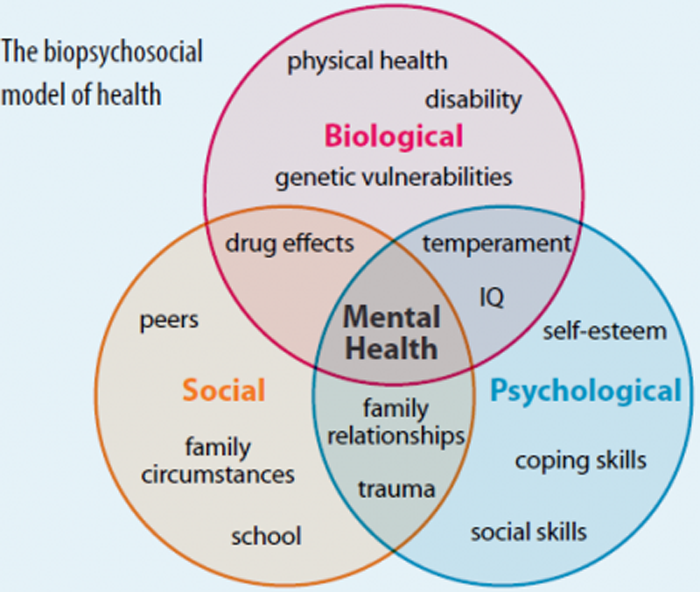Preliminary Study Into The Components of the Fear-Avoidance Model Of LBP:
Change After An Initial Chiropractic Visit And Influence On Outcome
SOURCE: Chiropractic & Osteopathy 2010 (Jul 30); 18: 21
Jonathan R Field, Dave Newell, and Peter W McCarthy
Back2Health,
2 Charles Street,
Petersfield, Hants, GU32 3EH, UK.
jonathanfield@me.com
BACKGROUND: In the last decade the sub grouping of low back pain (LBP) patients according to their likely response to treatment has been identified as a research priority. As with other patient groups, researchers have found few if any factors from the case history or physical examination that are helpful in predicting the outcome of chiropractic care. However, in the wider LBP population psychosocial factors have been identified that are significantly prognostic. This study investigated changes in the components of the LBP fear-avoidance beliefs model in patients pre- and post- their initial visit with a chiropractor to determine if there was a relationship with outcomes at 1 month.
METHODS: Seventy one new patients with lower back pain as their primary complaint presenting for chiropractic care to one of five clinics (nine chiropractors) completed questionnaires before their initial visit (pre-visit) and again just before their second appointment (post-visit). One month after the initial consultation, patient global impression of change (PGIC) scores were collected. Pre visit and post visit psychological domain scores were analysed for any association with outcomes at 1 month.
RESULTS: Group mean scores for Fear Avoidance Beliefs (FAB), catastrophisation and self-efficacy were all improved significantly within a few days of a patient’s initial chiropractic consultation. Pre-visit catastrophisation as well as post-visit scores for catastrophisation, back beliefs (inevitability) and self-efficacy were weakly correlated with patient’s global impression of change (PGIC) at 1 month. However when the four assessed psychological variables were dichotomised about pre-visit group medians those individuals with 2 or more high variables post-visit had a substantially increased risk (OR 36.4 (95% CI 6.2-213.0) of poor recovery at 1 month. Seven percent of patients with 1 or fewer adverse psychological variables described poor benefit compared to 73% of those with 2 or more.
There are more articles like this @ our:
CONCLUSIONS: The results presented suggest that catastrophisation, FAB and low self-efficacy could be potential barriers to early improvement during chiropractic care. In most patients presenting with higher psychological scores these were reduced within a few days of an initial chiropractic visit. Those patients who exhibited higher adverse psychology post-initial visit appear to have an increased risk of poor outcome at 1 month.
From the Full-Text Article:
Background
Trials comparing physical therapies, including chiropractic, to other types of care have generally found them to provide superior benefits for lower back pain patients, but often only marginally. [1, 2] It has been suggested that this may, in part, be due to the presence of subgroups of patients that together fulfil the inclusion criteria of the study but react differently to treatment. [3, 4] Given this possibility, if it were feasible to identify those patients presenting for treatment who are likely to fail to improve with ‘standard’ care then alternative management could be offered. It would also enable through further clinical trials the potential of constructing guidance for practitioners as to the best direction that this alternative management may take. [3] The importance of this line of enquiry is highlighted by the Cochrane Collaboration who have referred to the ability to group back pain according to likely response to treatment as the ‘Holy Grail’ of back research. [5]
In a series of prospective trials looking for predictors of outcome in chiropractic patients the ‘Nordic Back Pain Sub-population Program’ examined 70 potential baseline factors. Five were found to negatively influence prognosis; total duration of LBP in the preceding year (> 30 days), gender (being female), leg pain, concomitant painful musculoskeletal complaints and receipt of social benefit. [6–10] Studies in the United Kingdom also found that duration of the presenting complaint and to a lesser extent being female significantly influenced outcome [4] As with the Nordic studies nothing from the physical examination was found to be associated with differential outcomes, therefore suggesting that these factors may be unimportant in predicting outcome during a course of chiropractic management.
Read the rest of this Full Text article now!





Leave A Comment